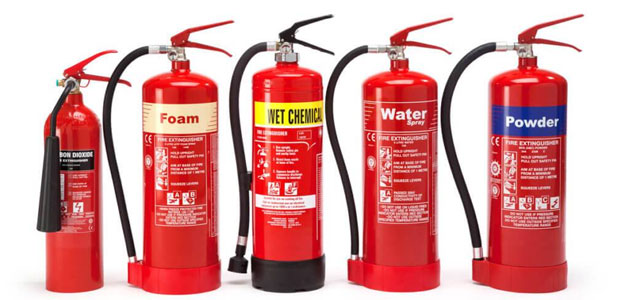
By Carl A. McMillan
FIRE extinguishers are a common sight wherever you travel, from government buildings to businesses to restaurants.
By Hugh Hoagland, Bill Shinn, PE, Victoria Reed
NFPA 70E-2004, published in April of this year, is the new "how you work on it" standard in electrical safety. With the coupling of NFPA 70E's work practice standard and the "how you build it" approach of the NFPA 70 National Electric Code's (NEC) construction standard, industry now has a more complete picture of how to protect employees who are exposed to shock and arc hazards.
By Jerry Laws
Editor's note: Hair, saliva, and sweat testing technologies for drugs are moving toward approval this year for programs that test federal employees. Getting a federal OK is important not just to companies marketing these alternatives, but to employers generally.
By Thomas Suski
OF all the dangers inherent to confined space work, it's the invisible threat of atmospheric hazards that poses the greatest risks to employees.
By Judie Smithers
PERMIT-required confined spaces are death traps if entry teams don't take proper precautions.
By Paul Aiken
WHAT matters is not how much you wear, but what you wear to stay dry and comfortable while working in hot, wet, or cold conditions. When a workers' body overheats or drastically cools, it makes him or her lose concentration and greatly affects his performance. Wearing the right apparel helps with productivity and safety.
By John DiNuzzo
THE Sept. 11, 2001, attacks on the World Trade Center and the Pentagon have left their marks on all of us. For those who were present in the New York and Washington areas when these coordinated acts of terror occurred, the joy of surviving the assault was tempered by concerns over the safety of local relatives and colleagues.
By Linda F. Johnson, MS, CSP
THE smell of scorched coffee fills the air on Monday morning. The only sound is that of high-pitched, heatedly arguing staff members, about whose responsibility it was to have shut off the pot before the weekend, as they fan the thin haze of smoke out of the break room.
By Ronnie Rittenberry
QUESTION: What do you call a robot that can navigate a building's rooms and corridors on its own, integrating with the facility's infrastructure; responding to alerts; detecting and reporting possible hazards such as smoke, gas, elevated temperatures, or intruders; and providing back-up during power outages or other system failures?
By John M. Ruth, MA
IT was during a recent safety inspection for a contractor that I finally realized not everything is a safety problem.
By Jerry Laws
DO you sleep soundly through these hot summer nights? Are you getting enough rest to stay sharp at your job?